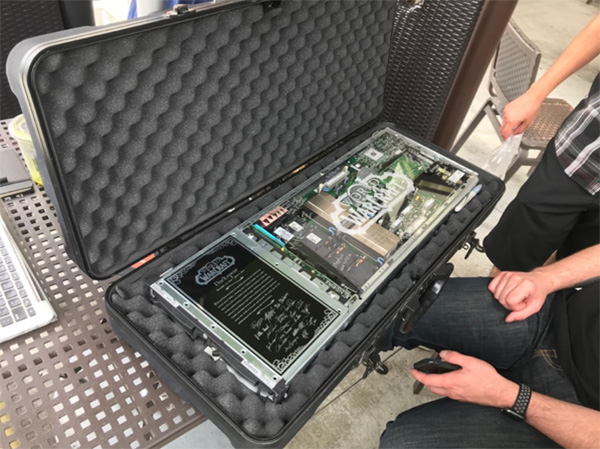
The Server Souvenir: Taking Home Remnants of Virtual Worlds
“It’s amazing to think those little circuits that we can carry around were an entire world to us.” –Diana*, interviewee “We might say that this capacity of objects to serve as traces of authentic experience is, in fact, exemplified by the souvenir.” –Susan Stewart, On Longing: Narratives of the miniature, the gigantic, the souvenir, the collection (1984) In 2011, just seven years after the birth of World of Warcraft (WoW), the game’s development company decided to implement some major changes to their server architecture. Rather than disposing of the decommissioned server hardware that had helped run the game world since the beginning, they auctioned it off for charity. For long-time players of WoW, these pieces of server hardware hold value because they are pieces of the virtual game world that hold spatial memory. WoW players have historically viewed servers as persistent and discrete places, places where players played together, formed relationships, and faced challenges. In this short post, I will outline how owners of commemorative WoW server hardware treat these objects as mementos of their time in the world of WoW.** (read more...)



